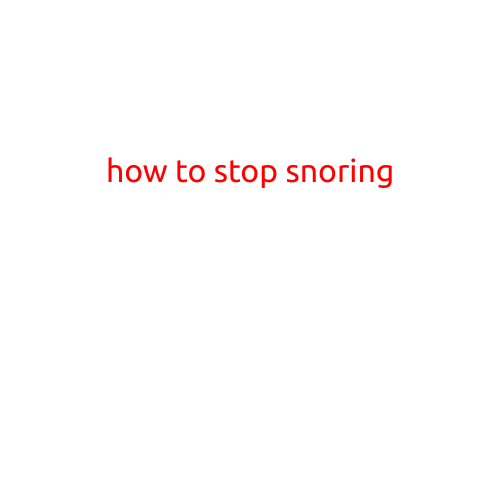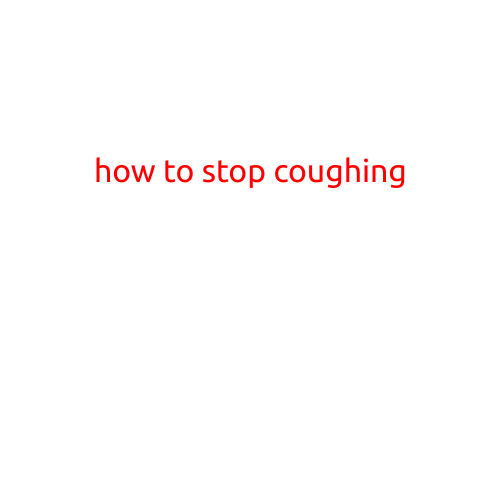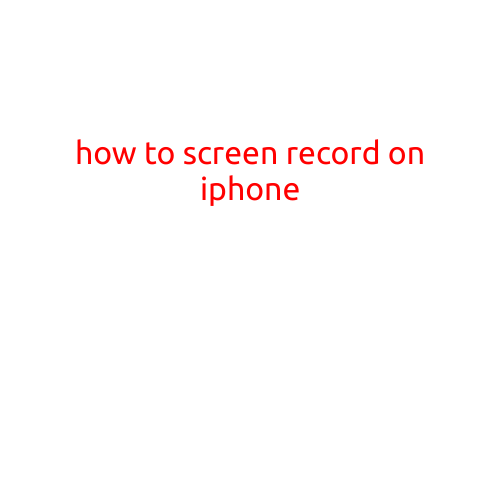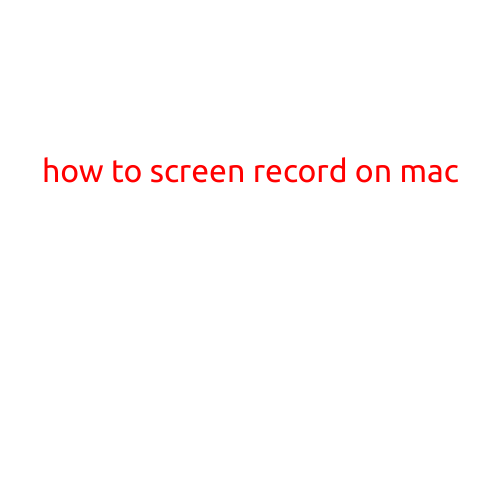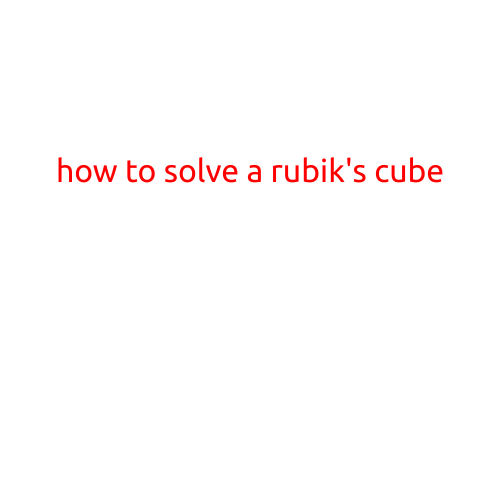
How to Solve a Rubik’s Cube: A Step-by-Step Guide
The Rubik’s Cube is a classic puzzle that has been fascinating people of all ages for decades. With its unique combination of colors and patterns, it requires a combination of problem-solving skills and manual dexterity to solve. In this article, we’ll provide a step-by-step guide on how to solve a Rubik’s Cube, making it easy for beginners to learn and experts to improve their skills.
Step 1: Understand the Notations
Before we dive into the solution, it’s essential to understand the notations used to describe the moves. The cube has six faces, each with a different color. The notation system uses letters to represent the faces and their respective rotations. The letters are:
- U: Up face
- D: Down face
- L: Left face
- R: Right face
- F: Front face
- B: Back face
The rotation directions are:
- Clockwise (CW): rotating the face clockwise
- Counterclockwise (CCW): rotating the face counterclockwise
Step 2: Learn the Basic Moves
To solve the Rubik’s Cube, you need to learn three basic moves:
- U-turn: Rotate the up face (U) clockwise or counterclockwise.
- D-turn: Rotate the down face (D) clockwise or counterclockwise.
- F2L (Front-Back) move: Rotate the front face (F) and the back face (B) together, while keeping the up and down faces stationary.
Practice these basic moves until you feel comfortable with them. You can also practice solving smaller sections of the cube, such as a single face or a pair of adjacent faces.
Step 3: Solve the White Cross
The first step in solving the Rubik’s Cube is to create a white cross on the top surface. To do this:
- Hold the cube in front of you with the white cross facing upwards.
- Solve the white cross by rotating the top face (U) and the middle layer.
- Once the white cross is solved, move on to the next step.
Step 4: Solve the White Corners
Now that you have the white cross in place, it’s time to solve the white corners. To do this:
- Hold the cube in front of you with the white cross facing upwards.
- Identify the white corner that is not in its correct position.
- Use the F2L move to rotate the front face (F) and the back face (B) together while keeping the up face stationary.
- Repeat this process until all four white corners are in their correct positions.
Step 5: Solve the Middle Layer
Now that the white cross and corners are solved, it’s time to focus on the middle layer. To do this:
- Hold the cube in front of you with the white cross facing upwards.
- Identify the middle layer edge (the edge that connects two corners) that is not in its correct position.
- Use the D-turn move to rotate the down face (D) clockwise or counterclockwise.
- Repeat this process until all four middle layer edges are in their correct positions.
Step 6: Solve the Yellow Cross
The next step is to solve the yellow cross on the bottom surface. To do this:
- Hold the cube in front of you with the white cross facing upwards.
- Use the D-turn move to rotate the down face (D) clockwise or counterclockwise.
- Solve the yellow cross by rotating the bottom face (D) and the middle layer.
Step 7: Solve the Yellow Corners
Now that the yellow cross is in place, it’s time to solve the yellow corners. To do this:
- Hold the cube in front of you with the yellow cross facing upwards.
- Identify the yellow corner that is not in its correct position.
- Use the F2L move to rotate the front face (F) and the back face (B) together while keeping the up face stationary.
- Repeat this process until all four yellow corners are in their correct positions.
Step 8: Finalize the Cube
The final step is to ensure that all the pieces are in their correct positions. To do this:
- Hold the cube in front of you with the yellow cross facing upwards.
- Check if all the pieces are in their correct positions.
- If not, use the basic moves (U-turn, D-turn, and F2L move) to adjust the pieces until they are all in their correct positions.
And that’s it! You’ve successfully solved the Rubik’s Cube.
Tips and Tricks
- Practice regularly to improve your speed and efficiency.
- Learn to recognize patterns and solve the cube in a logical order.
- Use online resources and videos to help you improve your solving skills.
- Experiment with different methods and algorithms to find what works best for you.
Conclusion
Solving a Rubik’s Cube requires patience, persistence, and practice. By following these step-by-step instructions, you’ll be able to solve the cube in no time. Remember to practice regularly and have fun with it! Whether you’re a beginner or an expert, the Rubik’s Cube is a puzzle that will continue to challenge and reward you for years to come.
